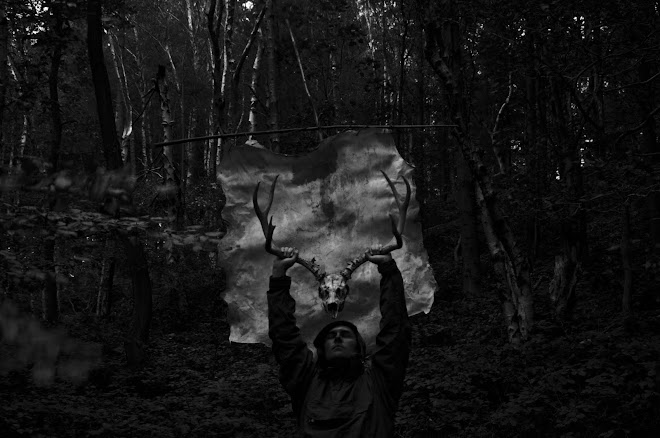skip to main |
skip to sidebar
The High Places V: Eel Hill and BAR 32b





Of the hundreds of marked stones on the moor there were three in particular that I wanted to find on this trip. The first was the large flat slab on the summit of Eel Hill, to the west of Osmonds Gill, listed in Paul and Barbara Brown’s “Prehistoric Rock Art of the Northern Dales” (PRAND) as BAR 32b. Of my Big Three this was going to be the easiest to locate and it was as simple as walking to the top of the hill and looking around. There it was, lying flat amongst the grass like a gravestone in an old church yard. This is a large earthfast slab, some 4 feet long by three feet wide and comprising a series of well defined cup and ring markings, a strong incised line running across the slab, with a deep basin at one end. On the day I visited the basin was full of rain water which added an extra layer of significance to the panel.
There is mention in the literature that this slab may once have stood upright. I can find no reason why that should be the case, indeed the evidence from the moor would suggest recumbent slabs were generally used for rock art and if we look at local megaliths in Yorkshire such as the Devils Arrows or Cumbrian stones such as those at Castlerigg or Long Meg it would seem that they are both larger and better rooted than BAR 32b. I feel that this stone has always laid flat, high on Eel Hill with its far, deep views and that the basin is just that – a receptacle to contain water. How do I know this? It just feels right.
Humans are hard-wired to look for meaning in their environments and faced with such a conundrum as the “meaning” of rock art it is tempting for the modern mind to project its own semiotic agenda onto the abstract forms carved by people whose way of life had few similarities to our own. The quest for meaning is in itself meaningless. We can never know the messages these marks conveyed to the people who carved them or those who viewed them within the cultural context of prehistory, the language has been lost with the way of life of the herder-hunters who traversed the valleys of northern England, trading their greenstone axe-heads along the river valleys and raising their monuments along sight lines to sacred rivers and holy mountains but it is possible to recapture a meta-language, to steal quick glimpses into the past, into the geomythology of our ur-ancestors






No comments:
Post a Comment